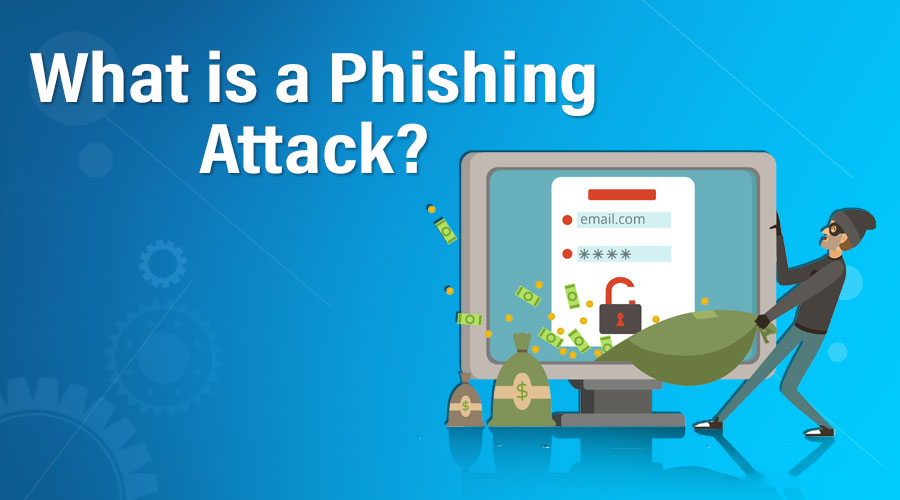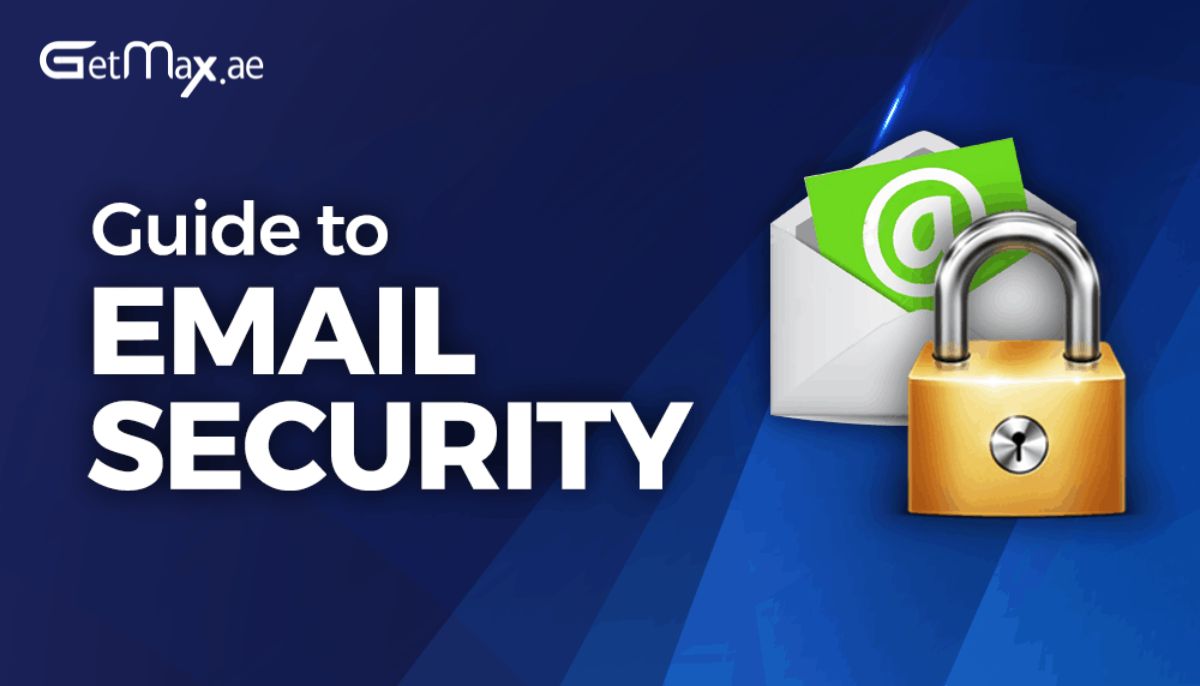
We will also discuss ways to protect yourself and your business from falling victim to these deceptive tactics. The most common types of phishing attacks involve sending emails from accounts that appear legitimate, such as those belonging to banks or email providers.
The emails can contain links that direct the recipient to fake websites designed specifically to steal data from those who click on them. Oftentimes, these websites are hosted on servers based overseas in countries where privacy laws are weak or non-existent. In this article, we will discuss how you can identify these types of attacks and what you can do about them.
What Are Phishing Attacks?
What is Cyber Security?
The goal of cyber security is to safeguard sensitive information and ensure the integrity and availability of digital assets.
Understanding the Different Types of Cyber Threats:
It is important to note that phishing attacks are not limited to individuals; businesses and organizations of all sizes are also prime targets. By understanding the different types of cyber threats, you can better equip yourself to recognize and mitigate the risks they pose.
The Anatomy of a Phishing Email
How to Identify Phishing Attacks
Additionally, pay attention to the email address of the sender. Phishing emails often use slight variations of legitimate domain names or misspellings to deceive recipients. Poor grammar or spelling mistakes within the email content can also indicate a phishing attempt.
Protecting Yourself and Your Business from Phishing Attacks
1. Ensure that your devices and software are up to date with the latest security patches. These updates often contain crucial security fixes that can help prevent vulnerabilities that cybercriminals exploit.
2. Implement strong and unique passwords for all your online accounts. Consider using a password manager to securely store and generate complex passwords. Additionally, enable two-factor authentication whenever possible, as it adds an extra layer of security by requiring an additional verification step, such as a fingerprint scan or a unique code generated on your mobile device.



